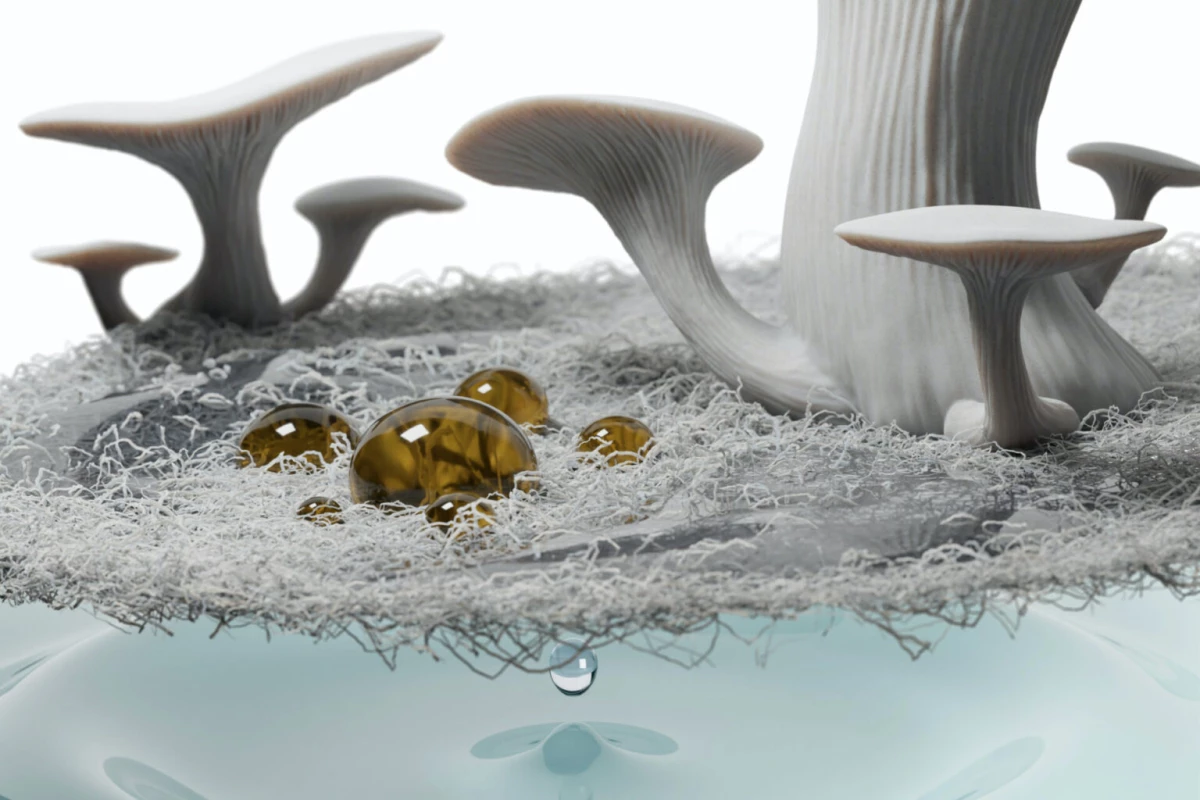When it comes to cleaning up marine oil spills, it's best if you can use a material that separates the oil from the seawater. Scientists have created a new organic membrane which does exactly that, and it's derived from oyster mushrooms.
First of all, there are already "Janus membranes" which are hydrophilic (water-attracting) on one side and hydrophobic (water-repellant yet oil-absorbing) on the other. When used in a filtration system, these membranes draw polluted water in from the one side, then expel it – while retaining the oil that came in with it – from the other.
Such membranes are typically made of not-so-eco-friendly petroleum-based materials, however, which don't biodegrade once discarded. With this drawback in mind, scientists from Saudi Arabia's King Abdullah University of Science and Technology (KAUST) looked to mushrooms.
More specifically, they looked to mycelium, which is the network of fungal threads (aka hyphae) from which the actual mushrooms (aka fruiting bodies) sprout when conditions are right. Importantly, mycelium contain proteins known as hydrophobins, which are hydrophilic on one side and hydrophobic on the other.
PhD student Joyce Cavalcante and her supervisor Prof. Gyorgy Szekely started out by producing a mycelium master culture from fresh oyster mushrooms. They then placed mycelium colonies from that master on thin films made of a hydrophilic polymer full of nanoscale pores.
Those pores allowed the mycelium to draw nutrients from a gel-like growth medium located on the other side of the film, yet they were small enough that the mycelium couldn't grow right through it.
As the mycelium did grow on the one side of the film, the hydrophilic sides of its hydrophobins were drawn down to the hydrophilic polymer, thus turning their hydrophobic sides up away from it. Therefore, when the mycelium were eventually peeled off of the polymer films, they took the form of organic, biodegradable membranes which were hydrophilic on one side and hydrophobic on the other.
When these membranes were tested on water polluted with crude oil, they were found to absorb 445% more oil than conventional polypropylene Janus membranes, while also exhibiting a 99.6% decrease in the absorption of water.
"These findings are promising for next-generation membranes with enhanced selectivity and sorption capabilities," said Cavalcante.
The research is described in a paper that was recently published in the Journal of Materials Chemistry.
Source: KAUST




